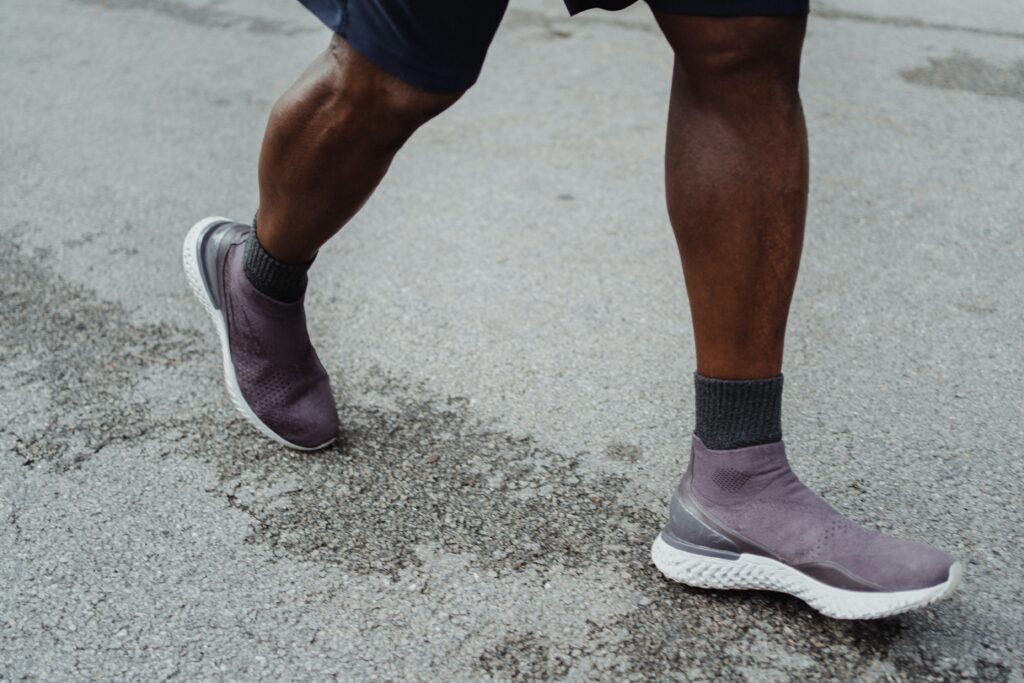Unlocking the Secrets: Your Guide to Understanding and Managing Knee Pain with Walking
Introduction
Do you have knee pain when walking? If so, you may be wondering what is causing it and how to best manage the discomfort. We understand it can be difficult to cope with constant aching, which is why we’ve developed this guide to help you understand the root causes of your knee pain and provide advice on treatments that can improve your quality of life. Read on to learn more.
What Causes Knee Pain With Walking?
Knee pain with walking can be caused by a number of different factors. It could be due to an injury, such as a ligament tear or muscle strain, or it could stem from prolonged wear and tear due to overuse of the joint. Osteoarthritis, bursitis, and tendinitis are all common sources of knee pain with walking.
Additionally, obesity can be a contributor to knee pain due to the extra strain placed on the joint when carrying excess weight. Managing knee pain requires identifying the underlying cause and implementing appropriate treatments. Seeking medical advice and developing a tailored plan that may include rest, physical therapy, pain relief medications, and lifestyle modifications can help alleviate and prevent knee pain for improved mobility and overall well-being.
What Can You Do About Pain With Walking?
Passive measures for treating knee pain while walking depend on identifying the underlying cause. If discomfort arises from an injury, it is crucial to rest and avoid placing additional stress on the affected area. Applying ice or heat therapy as necessary can provide relief from pain. In cases where knee pain is associated with a medical condition such as osteoarthritis, it may be worth considering the application of a non-steroidal anti-inflammatory cream or taking over-the-counter pain medication, but only under the guidance of a physician.
Active measures to alleviate knee pain during walking include exercises that target the muscles around the knee, such as squats and leg lifts. Strengthening these muscles can contribute to overall knee stability and potentially reduce pain. It is important to consult with a medical professional to determine the appropriateness of these exercises and to ensure they are performed correctly and safely.
When You Should Seek A Physical Therapist?
If knee pain with walking persists, it’s best to visit a physical therapist who can assess your condition and provide you with tailored treatments. A good physical therapist will be able to use techniques such as manual therapy and therapeutic exercises to reduce swelling, restore joint mobility, and improve posture. They can also help strengthen the muscles around your knee.
By seeking help from a physical therapist, you can benefit from their expertise in managing and relieving knee pain. With their guidance, you can receive specialized treatments designed to reduce swelling, improve joint mobility, and enhance your overall knee health. Additionally, they can provide you with exercises and techniques targeted at strengthening the muscles supporting your knee.
Conclusion
Knee pain with walking can be caused by various factors, including injury, overuse, and medical conditions such as osteoarthritis. To treat your discomfort, you can apply ice or heat therapy, take over-the-counter medication when directed by a physician, and do exercises to strengthen the area around your knee. If the pain persists for more than a few days, it’s best to seek professional help from a physical therapist. With the right treatment and exercises, you can reduce your pain and get back to enjoying life without discomfort.

